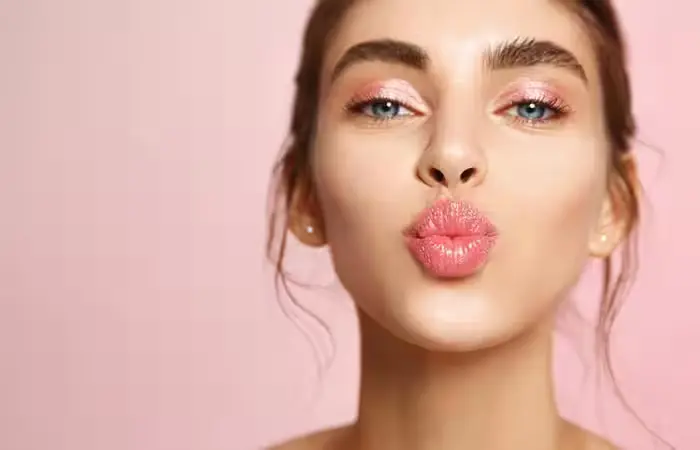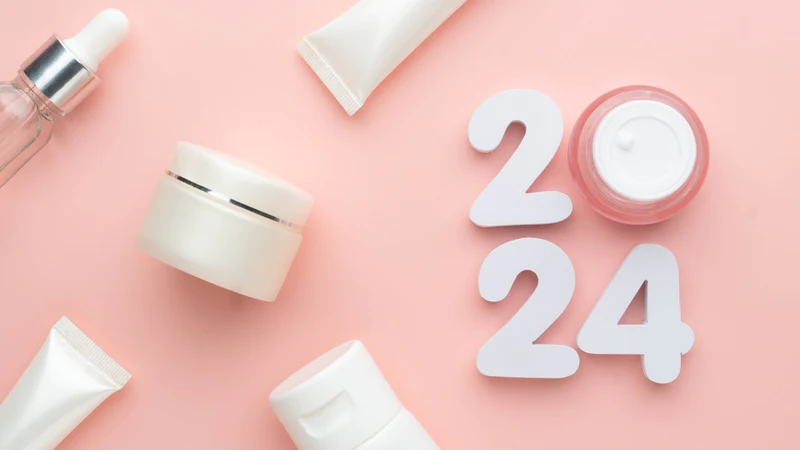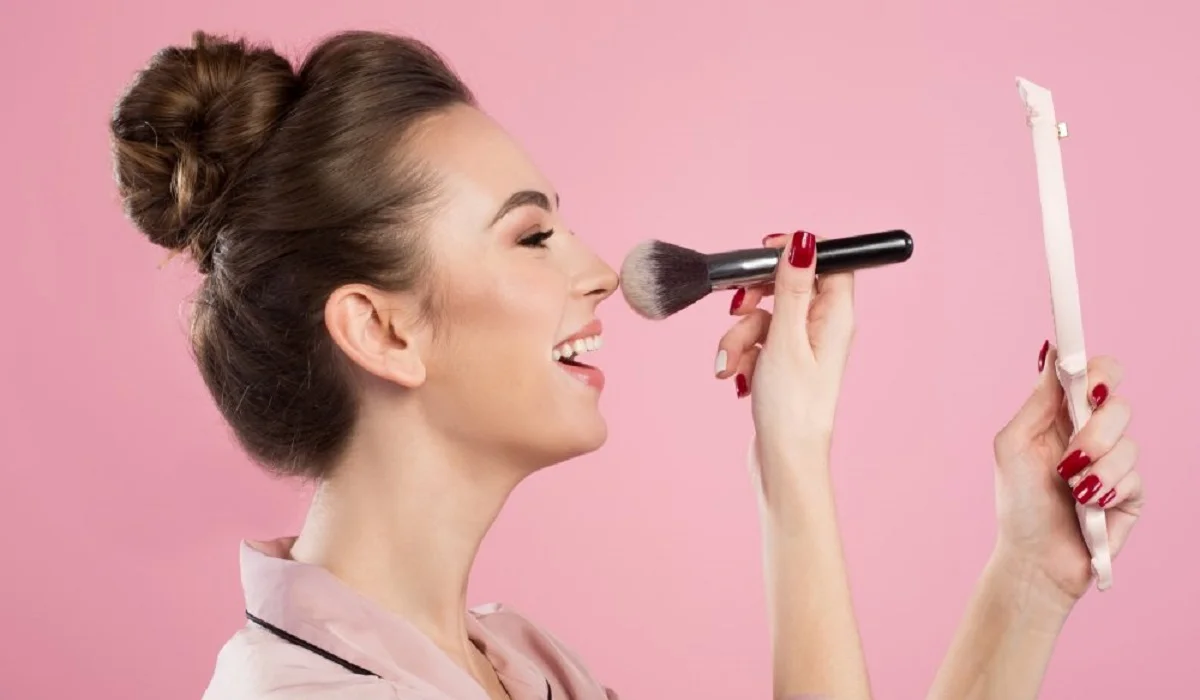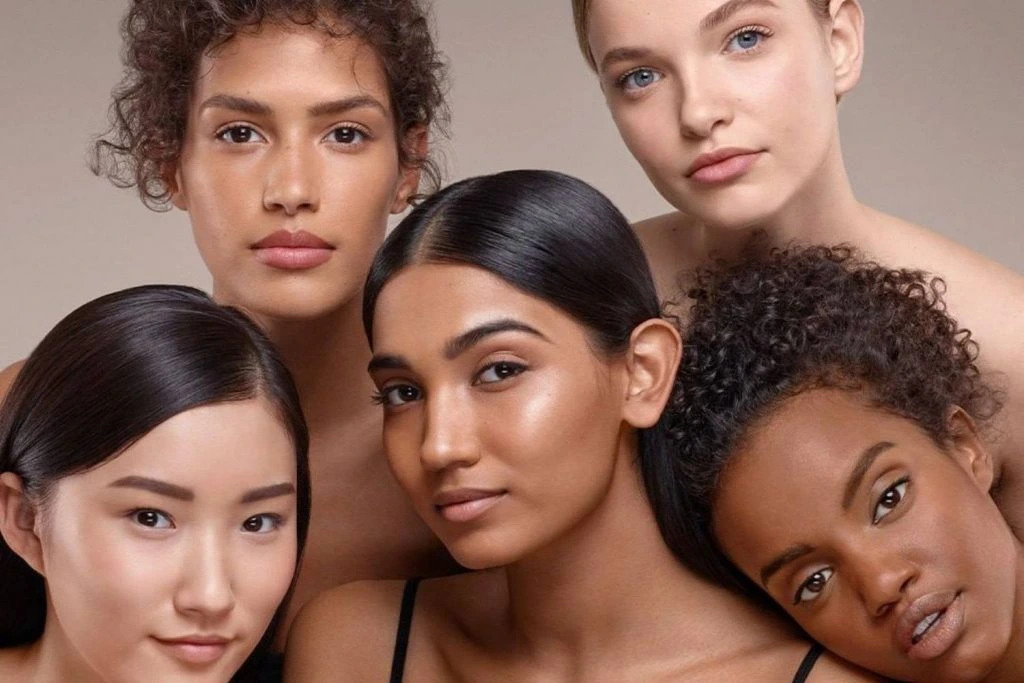Discover the revolutionary skincare trends of 2024 that will redefine beauty routines. From personalized regimens to sustainable practices, get ahead with these must-know innovations.
The beauty industry is perpetually evolving, with each year bringing in a new wave of skincare trends that promise to revolutionize our routines and enhance our skin health. In 2024, these trends are not only about the latest in ingredients or the next big brand; they reflect deeper shifts in consumer awareness, technological advancements, and a collective move towards sustainability and personalization in skincare. Understanding these trends is crucial for anyone looking to maintain a radiant, healthy complexion while aligning with the ethical and environmental values that are becoming increasingly important in the beauty world.

Sustainable and Eco-Friendly Products
The green beauty movement has transformed from a niche trend into a foundational aspect of the skincare industry. In 2024, sustainability is no longer optional but a necessity, with consumers demanding products that are not only effective but also environmentally friendly. This trend has led to innovative product packaging solutions, such as biodegradable containers and refillable options, significantly reducing waste and carbon footprint. Brands that embrace these practices are not only winning customer loyalty but also contributing to a healthier planet.
Personalized Skincare Regimens
With the advent of advanced skin analysis technologies, personalized skincare has taken a front seat in the beauty industry. Customized skincare regimens, tailored to individual skin types, concerns, and goals, are becoming the norm. This bespoke approach ensures that each person receives the most effective products, maximizing benefits and minimizing trial and error. Companies offering these personalized services are leveraging AI and machine learning to analyze skin characteristics, providing recommendations that are as unique as the individual’s skin.
The Influence of Technology in Skincare
Technology’s impact on skincare extends beyond personalization. Wearable devices that monitor skin health and environmental impacts on the skin are becoming more common, providing real-time data that can inform skincare choices. Furthermore, the development of products now often involves AI, which can predict skin reactions to different ingredients and help formulate products that are more effective and safer for a broader range of skin types.
Probiotic Skincare Solutions
The recognition of the skin’s microbiome as a key factor in overall skin health has led to the rise of probiotic skincare. These products aim to balance the skin’s natural flora, enhancing its defense against pollutants and other harmful agents while promoting a healthy, radiant complexion. Probiotic skincare lines are among the fastest-growing segments in the beauty industry, with research backing their benefits for various skin conditions.
Waterless Beauty Products
In an effort to conserve water, an increasingly scarce resource, the beauty industry is seeing a rise in waterless or solid beauty products. These concentrated formulas are not only more sustainable but also often more effective, as they contain less filler and more active ingredients. From solid serums to shampoo bars, these products offer an eco-friendly alternative without compromising on performance.
Skincare as Self-Care
The link between skincare and mental health has never been clearer, with many viewing their skincare routine as a form of self-care. This trend has seen the emergence of products designed to promote relaxation and well-being, alongside their skincare benefits. Brands are increasingly focusing on holistic wellness, offering products that cater to both the skin and the soul.
Plant-Based Skincare Ingredients
Plant-based ingredients are at the forefront of skincare innovation in 2024, with consumers gravitating towards products that contain natural, botanical elements. These ingredients are not only perceived as safer and more gentle on the skin but also offer potent benefits derived from nature. The efficacy of plant-based skincare is supported by both traditional uses and modern scientific research, making it a trend that combines the best of both worlds.
Blue Light Protection
As digital device usage continues to rise, so does the concern over blue light exposure and its effects on skin health. Skincare products designed to protect the skin from blue light damage are becoming increasingly popular, incorporating ingredients that can mitigate the impact of prolonged screen time. These products are essential for anyone looking to preserve their skin’s health in the digital age.
Skin Barrier Repair and Protection
The importance of a healthy skin barrier cannot be overstated, with more products focusing on repairing and protecting this vital layer of the skin. Ingredients that support barrier function, such as ceramides and hyaluronic acid, are key components of these products, offering both immediate relief for damaged skin and long-term benefits for overall skin health.

Inclusive and Diverse Beauty
The beauty industry’s move towards inclusivity and diversity continues to gain momentum in 2024. Brands are expanding their product ranges to cater to a wider variety of skin tones and types, ensuring that everyone has access to skincare that meets their needs. This trend is not only about expanding shade ranges but also about creating products that address the unique concerns of diverse skin types, promoting a beauty industry that is truly for everyone.
Fermented Skincare Ingredients
Fermentation, a process known for its health benefits in food, is making its way into skincare. Fermented ingredients are believed to have enhanced efficacy, as the fermentation process breaks down molecules into smaller sizes, allowing for better skin absorption. These products offer a unique approach to skincare, combining ancient wisdom with modern technology.
Microbiome-Friendly Skincare
The understanding of the skin microbiome’s role in overall skin health has led to the development of microbiome-friendly skincare products. These formulations aim to support and balance the skin’s natural flora, promoting a healthy ecosystem that can defend against irritants and infections. By focusing on the microbiome, these products offer a holistic approach to skincare that is rooted in the latest scientific research.
Advancements in Sun Protection
Sun protection remains a cornerstone of skincare, with new technologies and formulations enhancing the efficacy and wearability of sunscreen products. Broad-spectrum protection against both UVA and UVB rays is a must, with brands also focusing on making sunscreens that are reef-safe and suitable for sensitive skin. The importance of daily sun protection cannot be overstated, making advancements in this area crucial for public health.
Clean Beauty and Non-Toxic Products
The demand for clean beauty and non-toxic products continues to grow, with consumers seeking out formulations that are free from harmful chemicals. The clean beauty movement emphasizes transparency, with brands disclosing their ingredients and sourcing practices. This trend reflects a broader shift towards healthier, more conscious consumerism in the beauty industry.
Skincare Trends in Men’s Grooming
Men’s skincare is a rapidly expanding market, with more men embracing skincare routines as part of their daily grooming. The trends in men’s skincare mirror those in the broader industry, focusing on sustainability, personalization, and the use of technology. Products specifically formulated for men’s skin, addressing issues such as razor burn and oiliness, are becoming more prevalent, reflecting the growing demand for tailored skincare solutions.
Skincare Trends from Around the World
The global beauty market continues to influence skincare trends, with K-Beauty (Korean Beauty), J-Beauty (Japanese Beauty), and other international trends making their mark. These trends often introduce unique ingredients and skincare philosophies to the wider market, enriching the diversity of products available. From snail mucin to rice water, these global influences bring a wealth of new options and innovations to skincare routines worldwide.
The skincare trends of 2024 reflect a beauty industry that is increasingly focused on sustainability, personalization, and inclusivity. From the rise of green beauty to the embrace of technology in skincare, these trends are shaping a future where skincare is not only about looking good but also about feeling good and doing good. As we navigate these trends, it’s clear that the future of skincare is bright, with innovations that promise to enhance our skin health and our overall well-being.








